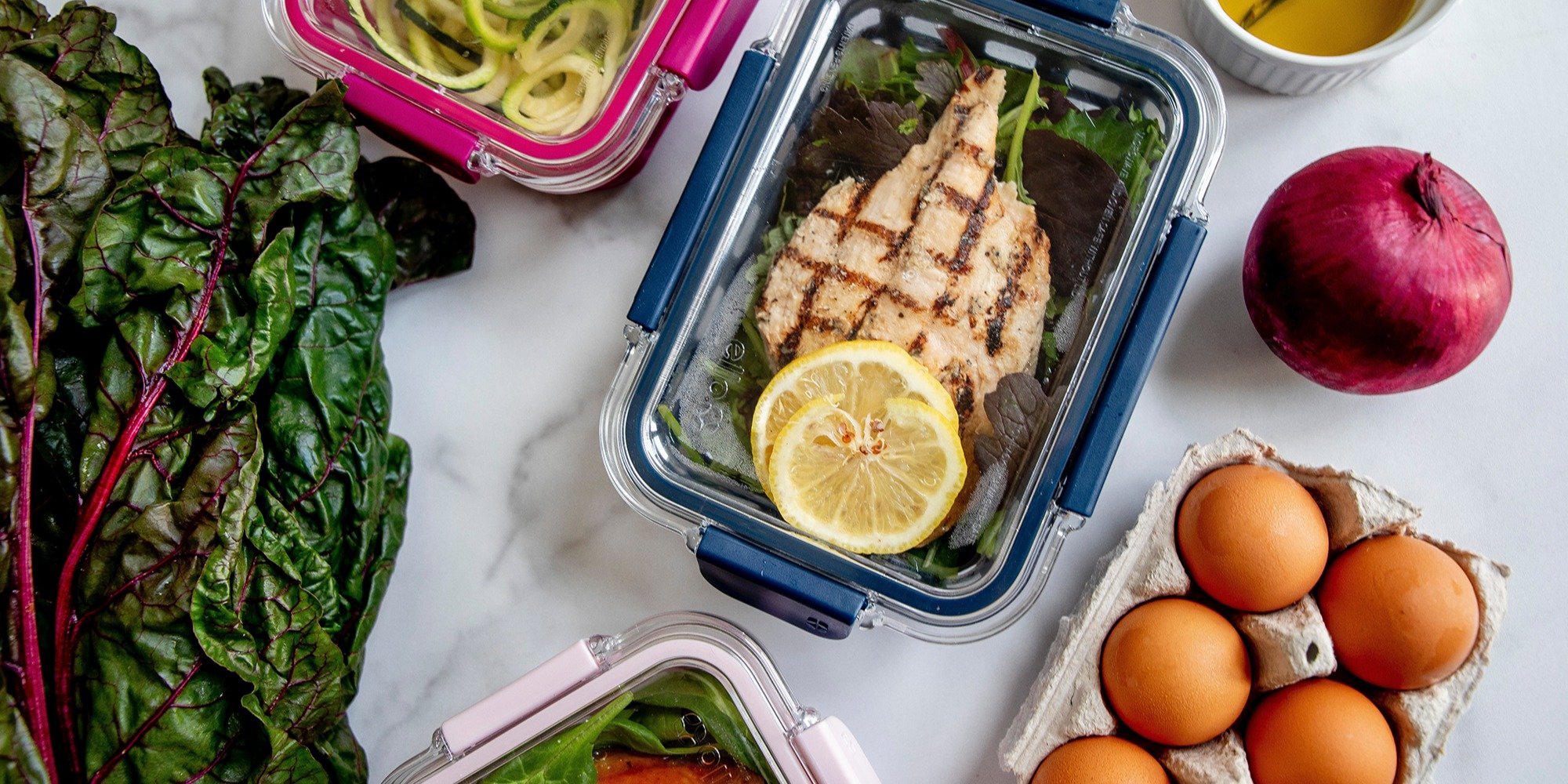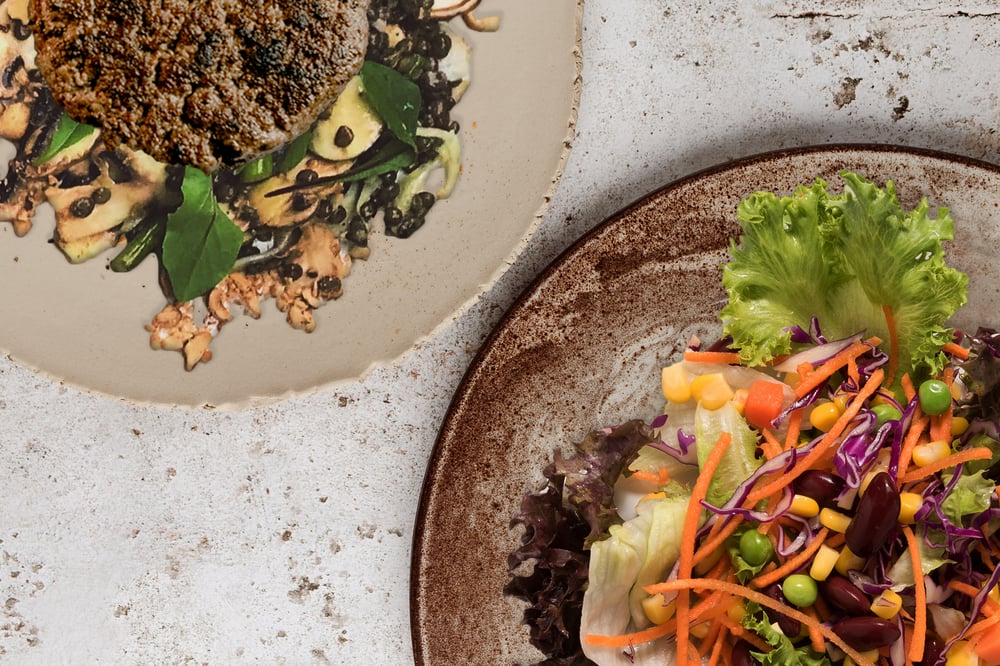Ketosis is the natural process of weight loss
In general, all weight loss happens by ketosis. When the body does not have direct access to energy — such as from carbohydrates in your food — it reaches for its backup plan, and utilises fat and muscle tissue instead.
The ‘currency’ of your body’s energy system is blood glucose (BG), which travels around the circulatory system and is pulled into cells as needed based on demand. The body regulates BG tightly, aiming to maintain a level within the range of 4 to 6.5 mmol/L, a narrow band that equates to about one teaspoon of glucose circulating in your blood at any given moment.
When the level rises above that zone after a meal the pancreas releases insulin, signalling to cells “please take the glucose out of the blood” to avoid sustained high levels of BG, which damage the body. If you haven’t eaten for a while your BG level falls. Your body will then signal that “it’s time to eat” and it may also begin to “manufacture” glucose in the liver to raise the level in the blood. An essential step in this process is ketosis.


